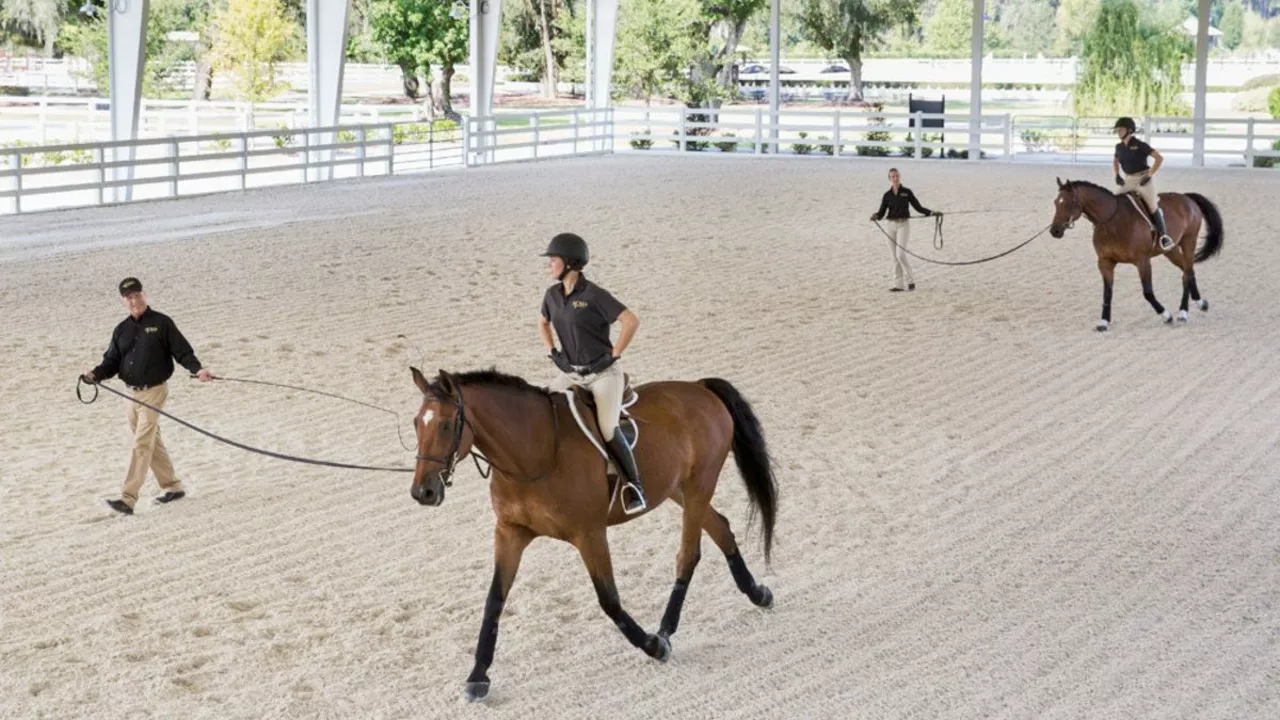Equestrian Training: Simple Tips to Boost Your Riding Skills
Ever feel like you’re stuck on a plateau with your riding? You’re not alone. Most riders hit a point where progress slows, and that’s usually a sign it’s time to tighten up the training routine. Below you’ll find down‑to‑earth advice you can start using today, whether you’re a green beginner or a seasoned competitor.
Core Basics Every Rider Should Master
The foundation of good riding is all about posture, balance and breath. Sit tall with shoulders relaxed, keep your elbows close to your sides, and let your hands follow the horse’s motion. When you’re on the move, think of your hips as the steering wheel—small, steady shifts guide the horse without harsh cues. Pay attention to your breathing; a calm inhale helps you stay relaxed, and a steady exhale keeps your core engaged. Mastering these simple points makes every other skill easier to pick up.
Everyday Drills You Can Do at the Stable
Consistency beats intensity. Pick three drills and repeat them each week. Long and low circles teach you to stay centered while the horse turns. Transition practice – moving from walk to trot and back – builds responsiveness and reinforces your aids. Lunging without a rope (using a telegraph pole) sharpens balance and lets you work on forward energy without the saddle. Finish each session with a few minutes of ground work – walking the horse, leading, and checking tack – to reinforce trust.
Don’t forget to vary the arena layout. Riding the same course every time makes the horse sloppy. Switch direction, change the size of circles, and sprinkle in a figure‑eight. The horse stays alert, and you get a chance to fine‑tune different aids.
Safety gear is a non‑negotiable part of training. A properly fitted helmet, gloves, and boots can be the difference between a bruised ego and a serious injury. Check your tack before every ride: make sure the saddle sits level, the girth is snug but not tight, and the stirrups are the right length. Small oversights add up quickly.
Riding isn’t just physical; it’s mental. Before each session, take a quick moment to visualize the ride. Picture the lane, the cues you’ll give, and the horse’s response. This mental rehearsal primes your brain and makes the actual ride smoother. If you’re feeling nervous, a short walk around the horse and a few gentle pats can calm both of you.
Track your progress. Jot down the date, weather, what you worked on, and any quirks you noticed. Over weeks you’ll see patterns – maybe your circles tighten after you focus on hip alignment, or your transitions improve after a week of extra stretching. Data turns vague feelings into concrete improvements.
Finally, keep the fun factor alive. Throw in a short trail ride, try a new discipline like dressage or jumping, or ride with a friend who has a different style. Fresh experiences keep you motivated and prevent training from feeling like a chore.
Equestrian training is a marathon, not a sprint. By honing the basics, sticking to regular drills, and staying safe, you’ll notice steady gains that add up to real confidence in the saddle. Grab your helmet, head to the stable, and start applying these tips today – your horse will thank you, and you’ll feel the difference in every ride.
Horseback Riding: What is a lunge lesson?
Whoa, hold your horses! Today we're going to dive into the world of equestrianism and talk about lunge lessons. Now, you might be thinking, "Is that where the horse does lunges?" Oh boy, I wish! But no, it's a tad more complex. It's a fantastic way for riders to really hone their balance and coordination without the added challenge of controlling their steed. Essentially, the horse is attached to a long line and moves in a circle around the trainer while the rider works on improving their skills. So, it's like a horsey-carousel of learning. Neigh bad, huh?
READ MORE